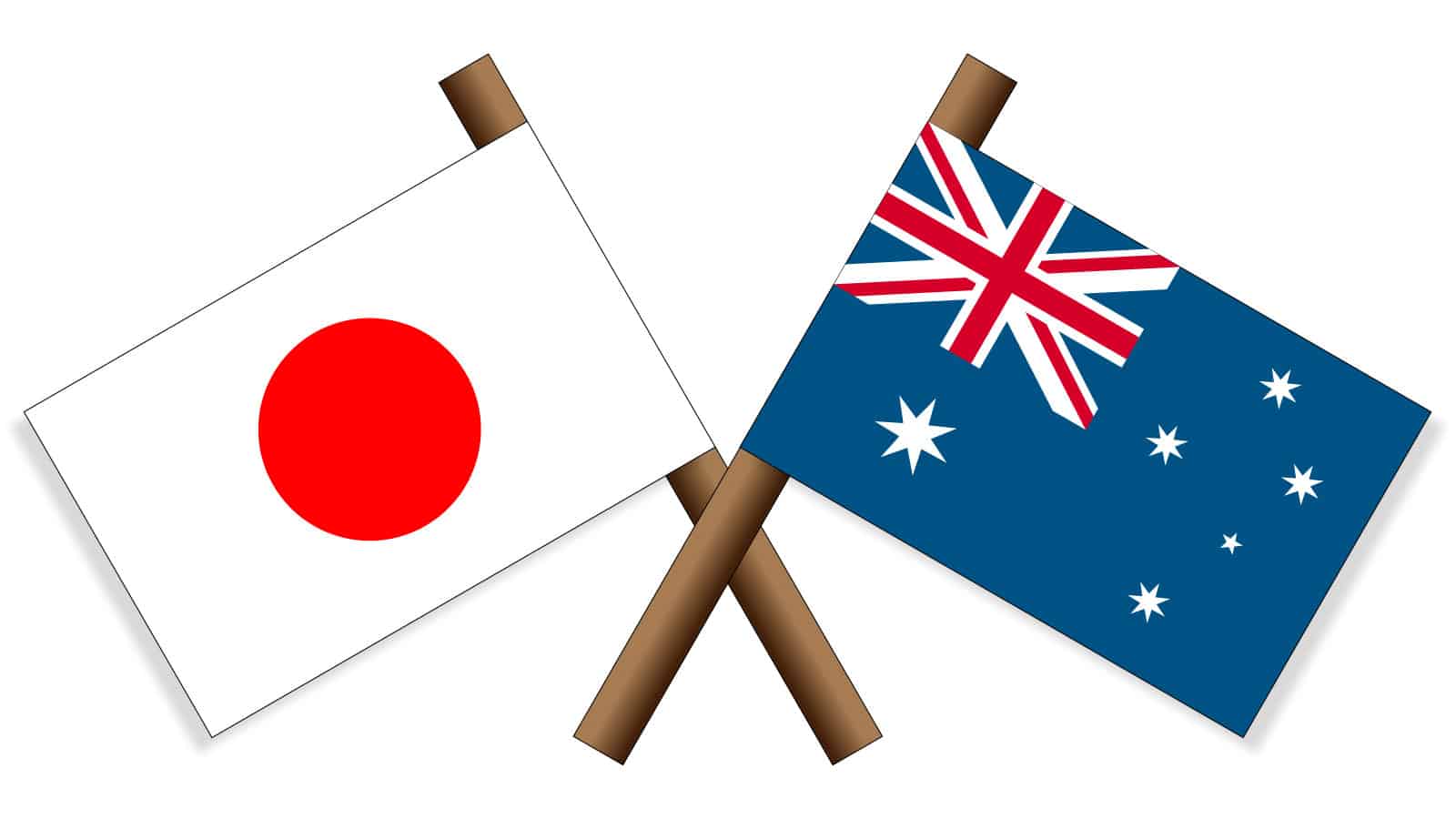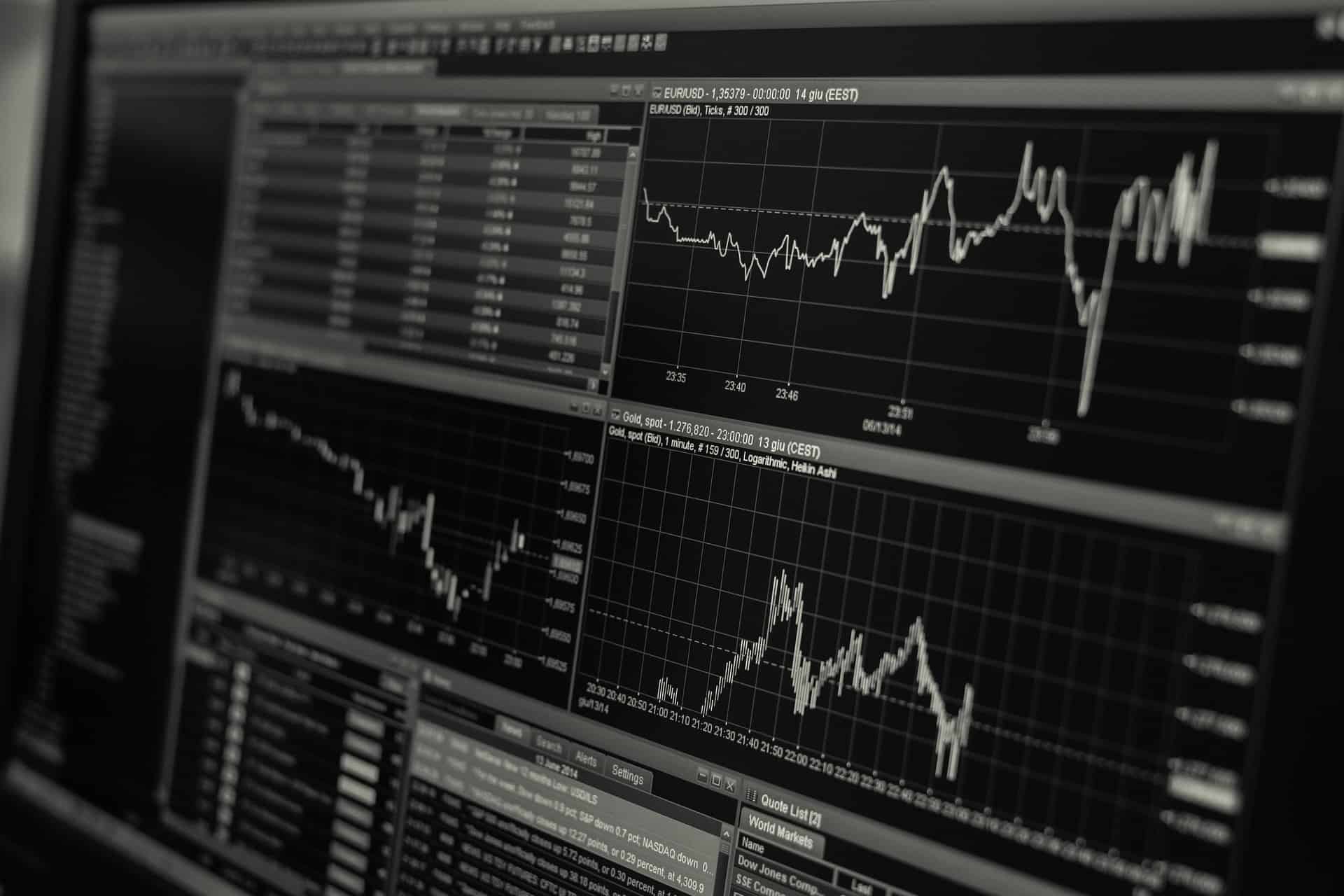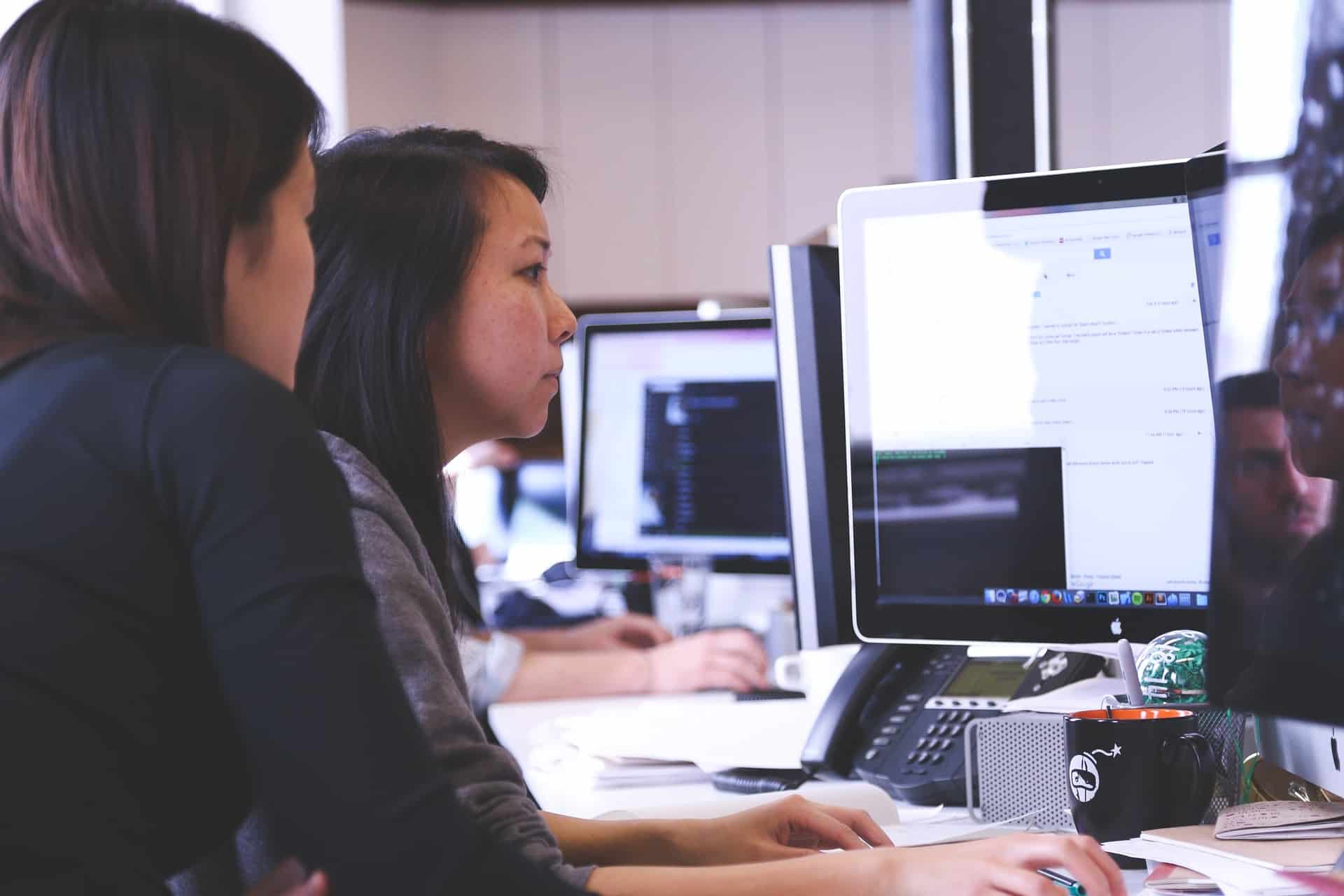目次
「Lucky Country」として知られるオーストラリアの経済は、COVID-19の影響による停滞を余儀なくされるまで、28年間連続で成長を続けてきました。しかし2021年に入った今、経済状況は少しづつ以前の姿へ戻りつつあり、ここ南半球のオーストラリアでは再び経済成長を遂げる時代が戻ってくる日もそう遠くないのかもしれません。

オーストラリアと日本の比較
国際通貨基金(IMF)はオーストラリアを世界第13位の経済大国と位置づけており、この人口2,500万人の国の名目国内総生産(GDP)は1兆3,000億米ドルと推定されています。
これに対し、人口1億2600万人の日本のGDPは4.9兆ドルで、中国の14.8兆ドル、米国の20兆ドルに次ぐ第3位となっています。
IMFは2020年10月に発表した「世界経済予測」において、2020年の日本のGDP成長率をマイナス5.3%と予測し、2021年にはプラス2.3%の拡大に反発するとしている。
また、OECDは12月に発表した「世界経済予測」で日本について同様の予測をしている。オーストラリアについては、2020年には3.8%の経済縮小を予想しているが、2021年には3.2%のプラス成長を記録すると予想している。
OECDによれば、オーストラリアのインフレ率は、2020年には0.7%、2021年には1.6%と低水準にとどまることが予想されている。
失業率はCOVID-19の影響でわずかに上昇したのみで、2020年10月には7%に達したが、11月には6.8%まで低下した。ただし、それでも日本の2.9%を大きく上回っている。
パンデミックに対応して政府支出が大幅に増加したにもかかわらず、オーストラリアの一般政府の総負債は、日本の241%に対し、2020年には57.7%程度であることがOECDによって指摘されている。
キャピタル・エコノミクスは、2021年にはオーストラリア経済が回復し、来年には4.5%の景気拡大が見込まれるとしています。
最近、シドニーで再燃したコロナウイルスの今後の蔓延状況にも左右されるものの、第2四半期までには経済活動が以前のレベルに回復すると予想しています。
オーストラリアの経済構造
COVID-19が発生するまで、オーストラリアの経済は人口の増加と、教育、観光、その他のサービスとともにエネルギーや鉱物の輸出に後押しされて、一見限りなく成長が続くかのように思われていた。
オーストラリアは農業、エネルギー、鉱業の一大生産国であり、2019年度時点での商品輸出項目の上位は鉄鉱石(770億豪ドル)、石炭(690億豪ドル)、天然ガス(490億豪ドル)となっています。日本はオーストラリアにとって第2位の輸出市場であり、商品輸出の16%近くを占めています。
とはいえ、サービス業は経済の最も大きな比重を占めており、GDPの約60%を担い、5人のうち4人がこの業界で雇用されています。
2019年のオーストラリアの1人当たりGDPは、日本の45,546ドルに対し、購買力平価ベースで53,559ドルと推定されています。
2019年度のオーストラリアの主な対日輸出は、天然ガス(200億豪ドル)、石炭(193億豪ドル)、鉄鉱石(57億豪ドル)、牛肉(23億豪ドル)で、日本からの主な輸入は、乗用車(79億豪ドル)、精製石油(40億豪ドル)、物品輸送車(18億豪ドル)でした。
日本にとって、2018年の輸出先としてはオーストラリアが9位、輸入先としてはオーストラリアが3位だった。
2015年に発効した日豪間の自由貿易協定は、補完性の高い経済資源を持つ両国間の投資と貿易をさらに後押しすると考えられています。オーストラリアは日本に牛肉やガスを輸出し、日本は自動車や電子機器などの製造品を納入するなど、両国は最適なパートナーとなってお互いに支え合っていると言えるでしょう。
学生の求人情報
オーストラリアでは、徐々にCOVID-19からの経済状況の回復が期待されており、教育関連ビジネスや小売業においても通常の状態に少しづつ戻り、学生の就職機会も増加すると考えられています。
学生にとってのパートタイムの仕事は、レストランや販売スタッフ、保育やフルーツピッキングに至るまで多岐に渡っています。ボランティア団体やその他の様々なNGO(非政府組織)も、学生のためにボランティア活動やその他の職業体験を提供しています。
Study Australiaには、オンラインの「Student Starter Kit(学生用スターター・キット)」があり、個々人の経歴に基づいて、学生の就職のガイダンスを提供しています。オーストラリアで働く海外からの留学生についても、最低賃金(現在は時給19.84豪ドル、1,576円)などを含め、他のオーストラリア人と同じように働く上でのサポートを受けられることになっています。
Department of Home Affairsでは、ワーキングホリデービザを含む留学生が取得できる各種ビザについての情報を提供しており、また、日本大使館や各領事館では、オーストラリアに滞在する日本人のための様々な情報を提供しています。
長期的には、オーストラリアの人口増加と健全な経済予測は、日本企業や起業家にとってのチャンスが今後も増えていくことを示唆しています。飲料メーカー、建設業、IT企業、商社、銀行など、オーストラリアの成長市場を利用してこの地で事業を展開する日本企業が今も増えています。
一日も早く、現在の状況が落ち着いて、オーストラリアを訪れる方々が増えることを願っております。(Hello Kids事務局)




